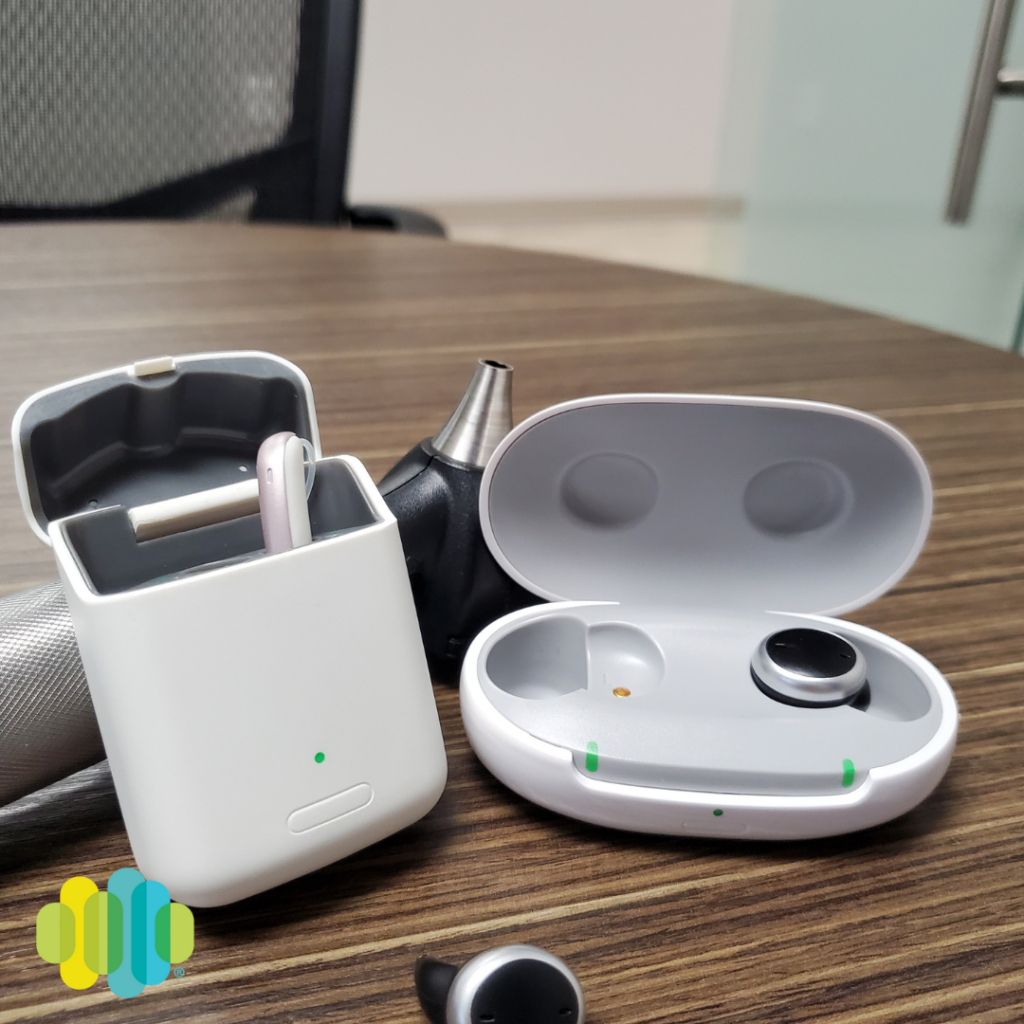Imagine this… A 68-year-old retiree walks into your clinic and hesitantly admits they’ve been struggling with hearing loss for years but avoided seeking help. They’re skeptical due to past bad experiences and worried about being pressured into an expensive device.
This is an all too common scenario. For patients with hearing loss, trust is the deciding factor in whether they move forward with purchasing hearing aids, get necessary adjustments, and ultimately experience life-changing results.
As Hearing Instrument Specialists (H.I.S.), you have a unique opportunity to build trust and confidence through patient-centered care. This approach is all about human connection, transparency, and ongoing support. In this post, we’ll explore:
✔ Why trust is critical in hearing healthcare
✔ 4 pillars of patient-centered care for H.I.S. professionals
✔ Practical scripts and strategies for consultations
✔ How to implement these techniques in your daily practice
___________________________________________
The Trust Deficit in Hearing Healthcare
Patients with hearing loss face unique psychological barriers. The gradual nature of hearing loss means many adapt to their impairment for years before seeking help and when they do seek help, it’s often at the insistence of a family member. Because of this, when a patient finally gets to you, they’re frequently struggling with:
- The stigma of appearing “old” or “disabled”
- Concerns about being pressured into expensive devices
- Uncertainty around a new piece of technology
- Frustration from previous negative experiences
- Communication barriers during consultations
This is where patient-centered care becomes important. Research from the Journal of the American Academy of Audiology shows patients who rate their provider as excellent communicators are three times more likely to consistently use their hearing aids.
All hearing health professionals need to focus on a patient-centered care process that centers around empathy, transparency, and active listening. These practices help to transform a patient’s experience and turn a hesitant client into a confident hearing aid user. Trust breaks down these barriers and research shows that when patients trust their H.I.S., they:
- Use hearing aids more consistently → Better auditory outcomes
- Follow up for adjustments → Fewer returns or complaints
- Recommend your practice → Growth through word-of-mouth
___________________________________________
4 Pillars of Patient-Centered Care for H.I.S.
- Active Listening & Validation
The most effective consultations begin with understanding rather than prescribing. When patients describe their struggles in crowded restaurants or missing grandchildren’s voices, reflective comments like “It sounds like family gatherings have become particularly frustrating” demonstrate genuine understanding. This foundation makes them far more receptive to technical recommendations later.- Do: Reflect back concerns and validate experiences.
- Avoid rushing to solutions before fully understanding their needs.
- Transparency in Recommendations
Today’s patients or family members often arrive at appointments with a basic knowledge of devices from online research. Rather than dismissing their findings, we can build trust by explaining why certain features matter for their specific lifestyle. For example: “You mentioned loving outdoor walks. This model’s wind noise reduction would be ideal for your morning walks.”- Do: Explain why a specific hearing aid suits their lifestyle.
- Do: Discuss costs upfront—offer financing if needed.
- Avoid oversimplifying (“This is the best one—just trust me”).
- Avoid withholding pricing information until the end.
- Empathetic Communication
Technical jargon creates barriers. Simple analogies like “Think of feedback like a microphone too close to a speaker” help patients feel informed rather than overwhelmed. Acknowledging the adjustment period as normal (“Many patients need a few weeks to adapt; don’t worry, we will fine-tune as you go”) prevents early discouragement.- Do: Replace jargon with relatable terms.
- Do: Acknowledge emotional struggles.
- Avoid overwhelming them with specs.
- Avoid rushing through explanations.
- Respect for Patient Autonomy
Presenting 2-3 tailored options with clear pros and cons helps to create a collaborative decision-making process. Trial periods are also a great option to help build trust with uncertain patients. Phrases like “Would you prefer to trial this for a week before deciding?” put patients in control of their care journey.- Do: Let them trial devices when possible.
- Avoid framing choices as “good/bad” instead of “best for X situation”.
___________________________________________
Putting It Into Practice
Before the Appointment
The pre-appointment phase offers our first trust-building opportunity. A simple checklist asking patients to note their three most challenging hearing situations provides clinical insights while demonstrating your interest in their individual experience.
During the Consultation
During consultations, live demonstrations prove more effective than brochures. Showing how easily modern devices pair with smartphones or demonstrating noise reduction settings makes technology less intimidating. Addressing common concerns proactively, such as hearing aid visibility or cleaning challenges, prevents objections from becoming dealbreakers.
After the Fitting
A follow-up call within one week catches small issues before they become frustrations. It is also a great idea to provide a laminated “HELP card” with troubleshooting tips and contact information to show that your commitment extends beyond the sale.
Lasting trust is built through small daily actions. Small changes, like pausing to truly hear patients or making that 48-hour check-in call, can compound over time to transform patient experiences. When you prioritize trust building, you not only provide hearing aids, you restore confidence and rebuild connections. The result? Satisfied patients who go on to become your best advocates. By actively listening to patient concerns, demonstrating genuine empathy, and following up consistently, Hearing Instrument Specialists create meaningful connections that lead to better outcomes.
__________________________________________
About AHIP
The Association of Hearing Instrument Practitioners of Ontario (AHIP) is a professional, non-profit organization that represents H.I.D. (Hearing Instrument Dispensers) and H.I.S. (Hearing Instrument Specialists) in Ontario. AHIP represents and guides its members in their practice in the best interest of the hard of hearing of Ontario. AHIP responsibly administers entry to practice, standards of practice and consumer complaint management. Hearing Instruments Specialists (H.I.S.) must be practicing members of AHIP in good standing in order to maintain authorizer status with the Ministry of Health, Assistive Devices Program.
References
- Poeckler, K., Weber, J., & Meis, M. (2021). The role of trust in hearing aid adoption and continued use. American Journal of Audiology, 30(3), 654-666. https://doi.org/10.1044/2021_AJA-20-00189
- Kwame, A., & Petrucka, P. M. (2021). A literature-based study of patient-centered care and communication in nurse-patient interactions: Barriers, facilitators, and the way forward. BMC Nursing, 20(1), 158. https://bmcnurs.biomedcentral.com/articles/10.1186/s12912-021-00684-2 1
- National Institute on Aging (NIA). Hearing Loss: A Common Problem for Older Adults. https://www.nia.nih.gov/health/hearing-and-hearing-loss/hearing-loss-common-problem-older-adults 2
- Johns Hopkins Medicine. The Hidden Risks of Hearing Loss. https://www.hopkinsmedicine.org/health/wellness-and-prevention/the-hidden-risks-of-hearing-loss 8
AHIP is not and shall not be liable for any of the views expressed by the authors or advertisers on the Signal Blogs. The authors’ opinions and the advertisers’ content do not necessarily reflect AHIP’s views.




